Analysing Liverpool’s Defensive Midfield Strategy: Insights from Anfield Index
Liverpool’s Midfield Conundrum
In a recent discussion on Anfield Index’s ‘Media Matters’ podcast, David Lynch offered intriguing insights into Liverpool’s approach to their defensive midfield position. As Liverpool looks to refine its squad dynamics, the crux of the matter revolves around the balance between acquiring new talent and nurturing existing players. Lynch articulates this situation well, saying, “It’s one of those where they’ve got a lot of midfielders. I get that they haven’t got a world-class six clearly because it’s a position that they’ve been looking at for a while now, but they have a lot of midfielders so if you throw another one in then how is everyone getting games.”
The sentiment echoes a familiar dilemma in football management: the trade-off between depth and development. Liverpool’s midfield, while versatile, lacks a definitive world-class defensive anchor—a ‘number six’ who could decisively shield the backline and structure play from deep.
Liverpool’s Stefan Bajcetic Dilemma
A significant part of the debate centres around young Stefan Bajcetic. Is he poised to take on more substantial responsibilities this season? Lynch raises a pertinent question regarding Bajcetic’s readiness, stating, “Is he ready for a full season? Is he going to be able to play 20-30 games? If so, then I think you need to leave a pathway open for him.” The notion of leaving a pathway open for younger talents like Bajcetic suggests a strategic pivot towards internal development, potentially eschewing big-name signings for a focus on organic growth.
However, the reality of competitive football, especially in a demanding league like the Premier League, often necessitates experienced heads, which Lynch also believes: “The best way to do that is to surely have a more short-term and experienced head, which is Wataru Endo. So I wonder if that is how they will attack it.”
Balancing Expectations and Reality
Despite the pressures and expectations from fans and pundits alike, Lynch remains sceptical about the immediacy of signing a new defensive midfielder. He reflects on the broader strategic outlook, “For me, just by looking at it, I can see it not being a priority this summer.” This perspective is crucial, especially considering Liverpool’s recent performance, where they finished third in the league. Lynch counters the prevailing narratives with a dose of reality, “I’ve seen people saying that if we don’t sign a six then we won’t finish in the top four. We just finished third a month ago!”
Long-term Vision vs Short-term Fixes
Liverpool’s strategy seems to be a calculated blend of long-term player development and strategic acquisitions. The choice between nurturing a potential talent like Bajcetic and bringing in an established player like Endo encapsulates the broader challenges faced by top football clubs. How Liverpool manages this balance could very well define their upcoming season.
In sum, the discussion on Anfield Index with David Lynch provides a comprehensive look into the intricacies of football management at Liverpool. As they negotiate the delicate balance between development and competition, the decisions made this summer could have far-reaching implications for the club’s future. The focus remains not just on competing at the highest level but ensuring a sustainable model for success.




